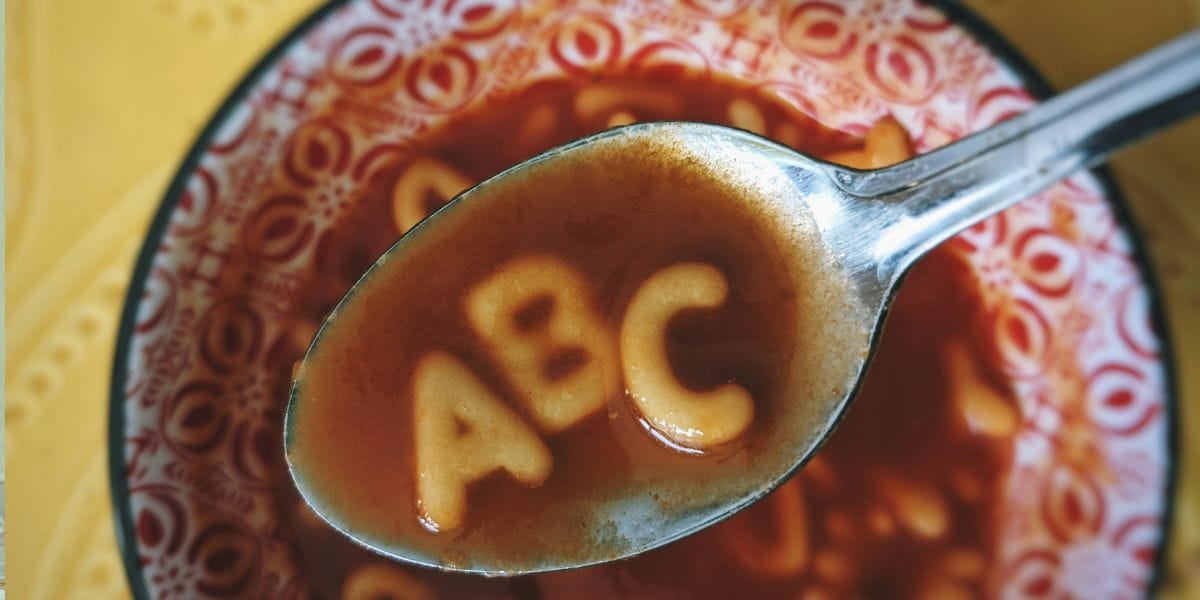A trust is a type of relationship between trustees who hold onto assets and beneficiaries who benefit from them.
The assets are said to be held in trust.
Trustees and beneficiaries can take different forms.
For example, a trustee may carry on a profitable business, the profits of which are held in trust and distributed to beneficiaries once a year.
Or parents might be acting as trustees, managing some property they will they pass on to their child once they turn 21.
A trust is not a separate legal entity from the trustee. But it does come with legal obligations to do the right thing by the beneficiary.
How did trusts first develop?
In Britain, the early development of trusts was tied up with the Crusades.
Knights going off to battle would often leave behind land with someone they trusted. But on return, some found the caretakers refused to give it back.
The existing common law courts could not deal with such situations. But the king’s representative, the Lord Chancellor, would hear the knight’s petitions. Trust law in Britain grew out of these hearings.
Why do people use trusts?
Many reasons. Here are two that we find common.
1. Tax efficiencies.
Parents might distribute some of their income, through a trust, to their children over the age of 18, who may or may not transfer it back in other ways. The family, as a whole, may then be able to reduce tax through a practice known as income splitting. The underlying assumption is usually that more overall tax would have been paid on two big incomes rather than four smaller ones.
2. Asset protection.
A trust may put an asset beyond the reach of a beneficiary’s ex-partner in a divorce or their creditors in a scenario where a company goes bust. The law on these topics is very complex but a trust may at least make it more difficult for others to access the assets.
What are some of the different types of trusts?
Unit trusts
Here the beneficiaries are called unitholders. Their units can be thought of as shares or stakes in the trust. The number and type of units determine how much each beneficiary receives in distributions of income or capital.
Unit trusts are generally used for businesses run by unrelated parties (where units are then held by a family trust) or for managed investment funds (where investors are unitholders).
Discretionary trusts
These allow more flexibility than unit trusts. They are generally used by families and family businesses. The trustees decide who the beneficiaries are and what they will receive, rather than using predetermined allocations. In Australia, most trusts are discretionary.
Bare trusts
These give the beneficiary absolute right to the capital and assets within the trust, as well as income generated from those assets. The trustee holds onto the assets - usually shares - until the beneficiary asks for them back or a time limit expires. An investment manager might hold on to a client’s assets in a bare trust.
Estate or testamentary trusts
A person can leave a will that creates a trust upon their death. This is sometimes done to protect inheritors from others claims to the money - for instance, from their creditors or a divorced spouse.
Superannuation fund trusts
Super funds in Australia are trusts on which the federal government puts certain conditions - such as the preservation conditions that state when a person can access their funds. Self-managed super fund trusts can use either individuals or a corporation as trustees. Under trust law, you cannot have an individual who is both sole trustee and sole beneficiary.
How popular are trusts in Australia?
The latest Australian Taxation Office figures available, from 2014-2015, show there were 823,448 trusts. They held $3.1 trillion in assets.
Did you know?
For most of the 20th century, The Guardian’s journalism relied on a trust. In the 1930s, the family of the former editor C.P. Scott placed a fortune in the Scott Trust to fund the newspaper’s ongoing operations.
The trustees of the Scott Trust acted to safeguard the financial and editorial independence of The Guardian.
But because non-charitable trusts cannot carry on indefinitely in Britain, the trust transferred its assets to a private company in 2008. The new company committed to reinvesting all profits in the business.



